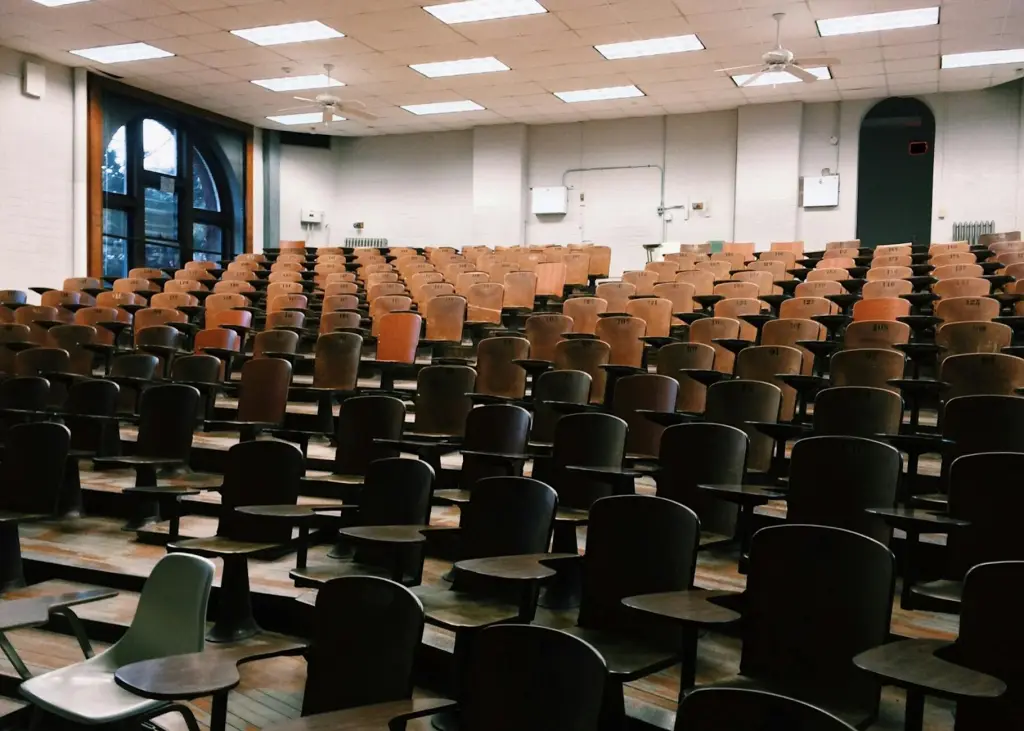Education has always been considered the cornerstone of human progress. It is through education that societies pass down their knowledge, values, and skills from one generation to the next. However, the world we live in today is vastly different from the one in which many traditional education systems were developed. With the rise of technology, globalization, and rapidly evolving industries, there is growing debate over whether traditional education is still meeting the needs of the modern world. This article explores the core differences between traditional education and the demands of contemporary life, examining where they align, where they clash, and how they might evolve together.
1. Understanding Traditional Education
Traditional education refers to the long-established system of formal learning, typically structured around classrooms, textbooks, standardized curricula, and a hierarchy of teachers imparting knowledge to students. This model emerged in an era where industrialization was shaping the workforce, and the primary goal was to produce disciplined, literate, and numerically competent individuals to fill roles in factories, offices, and government services.
The key features of traditional education include:
- Teacher-centered learning – The teacher is the primary source of knowledge, and students are expected to absorb information.
- Fixed curriculum – Subjects, topics, and teaching methods are largely predetermined.
- Standardized testing – Exams and grades measure a student’s ability to recall and apply information.
- Emphasis on discipline – Rules and routines create order and prepare students for structured environments.
While this system has produced generations of educated individuals, critics argue that it was designed for a world that no longer exists.
2. The Changing Landscape of Modern Needs
The modern world operates on principles that differ drastically from the industrial era. The rise of the knowledge economy, artificial intelligence, and global interconnectivity has redefined what skills are necessary for success. Today, adaptability, creativity, and problem-solving are valued alongside (and sometimes above) memorization and discipline.
Modern needs focus on:
- Critical thinking and innovation – Problem-solving skills that extend beyond textbooks.
- Digital literacy – Competence in using technology, data analysis, and online communication.
- Global perspective – Understanding cultural diversity and international systems.
- Soft skills – Communication, teamwork, leadership, and emotional intelligence.
- Lifelong learning – The ability to learn, unlearn, and relearn as careers and industries change.
The gap between what traditional education provides and what modern life demands is becoming increasingly noticeable.
3. Points of Strength in Traditional Education
It is important to acknowledge that traditional education is not without its strengths.
- Foundation of Basic Knowledge – Reading, writing, and arithmetic are fundamental skills that traditional education consistently delivers.
- Discipline and Structure – Many students benefit from clear routines and boundaries.
- Socialization – Schools teach students to coexist with peers, follow rules, and respect authority.
- Cultural Transmission – Through literature, history, and civic education, traditional systems help preserve cultural identity.
These strengths remain relevant, but they are often insufficient to prepare students for the complexities of today’s world.
4. Where Traditional Education Falls Short
Despite its benefits, traditional education often struggles in key areas:
A. Lack of Practical Skills
Students may graduate with excellent theoretical knowledge but little understanding of how to apply it in real-life contexts. For example, they might know economic theories but be unable to manage personal finances effectively.
B. Outdated Curriculum
Many curricula are slow to adapt to technological and societal changes. Subjects like coding, environmental literacy, and entrepreneurship are often optional or entirely absent.
C. Limited Critical Thinking Development
Memorization often takes precedence over analysis and creativity, which are crucial in solving modern challenges.
D. Neglect of Emotional Intelligence
The focus on academics sometimes overshadows the importance of interpersonal skills, resilience, and empathy.
5. Modern-Day Educational Approaches
In response to the limitations of traditional education, new models have emerged. These include:
A. Project-Based Learning – Students work on real-world problems, applying interdisciplinary knowledge and skills.
B. Digital Learning Platforms – Online courses, simulations, and virtual reality experiences broaden access and personalize learning.
C. Skills-Based Education – Curriculum designed to teach job-relevant skills alongside academic content.
D. Blended Learning – Combining traditional classroom methods with online resources for a more flexible approach.
E. Global Collaboration – Programs that connect students from different countries to work on shared projects, fostering cross-cultural understanding.
6. The Need for Integration, Not Replacement
It would be unwise to completely discard traditional education in favor of modern alternatives. Instead, a hybrid approach may offer the best results. This means:
- Retaining foundational academic subjects while integrating technology and soft skill development.
- Encouraging both structured learning and creative exploration.
- Updating curricula regularly to reflect current realities.
- Shifting from teacher-centered to student-centered learning environments.
In other words, education should aim to preserve the discipline and cultural grounding of traditional models while incorporating the flexibility and innovation required by modern life.
7. Examples of Bridging the Gap
Some countries and institutions are already implementing reforms:
- Finland focuses on thematic, interdisciplinary learning rather than rigid subject divisions.
- Singapore has introduced coding and design thinking at early educational stages.
- International Baccalaureate (IB) programs emphasize inquiry-based learning, research, and global awareness.
These examples show that it is possible to evolve traditional systems without losing their core strengths.
8. Challenges to Change
Reforming education to meet modern needs faces several hurdles:
- Resistance to Change – Many educators and policymakers are deeply rooted in traditional methods.
- Resource Limitations – Schools in poorer regions may lack access to technology and modern teaching materials.
- Teacher Training – Instructors need new skills to facilitate modern, student-centered learning.
- Assessment Systems – Standardized tests still dominate, influencing teaching methods and priorities.
9. Implications for the Future
If education fails to adapt, there is a risk of producing graduates who are ill-equipped for the realities of the modern workplace and global society. This can lead to:
- Higher unemployment rates due to skill mismatches.
- Widening inequality between those who have access to modern learning tools and those who do not.
- Reduced innovation and economic growth.
Conversely, a successful transformation of education can:
- Empower students to be active problem-solvers.
- Equip individuals to thrive in rapidly changing industries.
- Foster a more inclusive, globally-minded society.
10. Conclusion
The debate between traditional education and modern-day needs is not about choosing one over the other—it is about finding a balance. Traditional education offers discipline, structure, and foundational knowledge, all of which remain essential. However, to prepare students for the future, education must evolve to emphasize adaptability, critical thinking, technological literacy, and emotional intelligence.
In essence, the ideal education system of the future will draw from the wisdom of the past while embracing the innovations of the present. It will be flexible enough to adapt to rapid changes while rooted enough to preserve cultural identity and human values. Only then can we ensure that learning remains not just a preparation for life, but a continuous, empowering journey for every individual.





